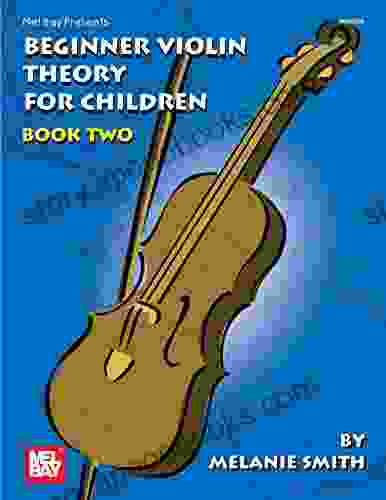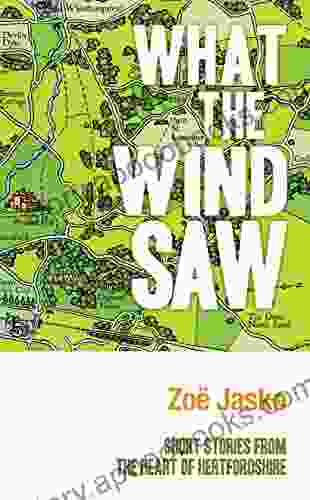Unlock the Joy of Music: Beginner Violin Theory for Children Two

Welcome to the enchanting world of violin theory, where young musicians embark on an exhilarating adventure of musical knowledge and skill development. "Beginner Violin Theory for Children Two" is the second installment in a captivating series that unlocks the fundamentals of violin playing, igniting a passion for music in young hearts.
Let's begin our journey by exploring the intricate anatomy of a violin. From the graceful scroll to the resonant body, each component plays a crucial role in producing beautiful melodies.
- Scroll: The elegant curve that adorns the top of the violin, providing a point of attachment for the tuning pegs.
- Tuning Pegs: These pegs are used to adjust the tension of the strings, tuning the violin to create perfect pitch.
- Neck: The slender neck connects the scroll to the body and features the fingerboard, where the strings are pressed to create different notes.
- Fingerboard: This smooth, varnished surface is where the musician's fingers dance, producing the desired melodies.
- Bridge: The bridge is a small, arched piece of wood that supports the strings, allowing them to vibrate and resonate.
- Body: The body is the heart of the violin, where the vibrations of the strings are amplified and produce a rich, resonant sound.
- Sound Holes: The two f-shaped holes on the front of the body allow the sound waves to escape, creating the captivating melodies.
Just like words form sentences, musical notes are arranged on a special grid called the note ledger.
4.7 out of 5
| Language | : | English |
| File size | : | 493 KB |
| Text-to-Speech | : | Enabled |
| Screen Reader | : | Supported |
| Enhanced typesetting | : | Enabled |
| Print length | : | 205 pages |
- Lines: The five horizontal lines represent specific musical notes.
- Spaces: The four spaces between the lines also represent musical notes.
- Clef: A clef is a symbol placed on the ledger to indicate the range of notes that will be played.
By understanding the note ledger, young musicians can easily identify musical notes and comprehend musical notation.
The language of music consists of a series of symbols called notes. Each note has a distinct pitch and duration, creating a tapestry of sound.
- Noteheads: The filled-in or hollow circles indicate the pitch of the note.
- Stems: The vertical lines attached to noteheads show the direction and duration of the note.
- Flags: The small flags attached to stems indicate shorter note durations.
Learning the language of notes empowers young violinists to interpret musical notation and express themselves through the instrument.
Music is not only about pitch but also about rhythm and tempo.
- Rhythm: The organized pattern of long and short notes creates the rhythmic framework of music.
- Tempo: The speed at which music is played affects its mood and character.
Understanding rhythm and tempo allows young musicians to play music with accuracy and expression.
As young musicians progress, they will encounter more advanced topics such as:
- Scales: A series of ascending or descending notes that form a musical framework.
- Intervals: The distance between two notes, which create different melodic and harmonic effects.
- Articulations: Techniques that control the attack, release, and duration of notes, adding expression to the music.
Exploring these advanced topics expands the musical knowledge and capabilities of young violinists.
"Beginner Violin Theory for Children Two" is an indispensable guide that paves the path for musical growth and discovery. Through engaging lessons, vivid illustrations, and interactive exercises, young violinists will:
- Master the anatomy of a violin
- Comprehend the note ledger
- Decipher the language of notes
- Understand rhythm and tempo
- Explore advanced musical concepts
This book is not merely a textbook but a catalyst for a lifelong love of music. By nurturing the musical talents of children, we unlock their potential to create beauty, express emotions, and connect with the world around them through the transformative power of music.
Join us on this exhilarating musical journey and witness the magic of Beginner Violin Theory for Children Two. Empower young minds to soar on the wings of melody and rhythm, discovering the joy and wonder that music brings.
4.7 out of 5
| Language | : | English |
| File size | : | 493 KB |
| Text-to-Speech | : | Enabled |
| Screen Reader | : | Supported |
| Enhanced typesetting | : | Enabled |
| Print length | : | 205 pages |
Do you want to contribute by writing guest posts on this blog?
Please contact us and send us a resume of previous articles that you have written.
 Book
Book Novel
Novel Page
Page Chapter
Chapter Text
Text Story
Story Genre
Genre Reader
Reader Library
Library Paperback
Paperback E-book
E-book Magazine
Magazine Newspaper
Newspaper Paragraph
Paragraph Sentence
Sentence Bookmark
Bookmark Shelf
Shelf Glossary
Glossary Bibliography
Bibliography Foreword
Foreword Preface
Preface Synopsis
Synopsis Annotation
Annotation Footnote
Footnote Manuscript
Manuscript Scroll
Scroll Codex
Codex Tome
Tome Bestseller
Bestseller Classics
Classics Library card
Library card Narrative
Narrative Biography
Biography Autobiography
Autobiography Memoir
Memoir Reference
Reference Encyclopedia
Encyclopedia Robert H Bates
Robert H Bates Michael Spitzer
Michael Spitzer Kristina Seleshanko
Kristina Seleshanko Sakurako Ono
Sakurako Ono Tamara Kiekhaefer Lcsw
Tamara Kiekhaefer Lcsw Lucy Tempest
Lucy Tempest Thomas Murphy
Thomas Murphy Stephanie Land
Stephanie Land T G Ayer
T G Ayer Marvin R Goldfried
Marvin R Goldfried Michael Kinnett
Michael Kinnett Scribes Of Sulterra
Scribes Of Sulterra Maryann Cusimano Love
Maryann Cusimano Love Richard M Flanagan
Richard M Flanagan Tim Seeley
Tim Seeley Neal Simon
Neal Simon Ralph Jackman
Ralph Jackman Ray Burhop
Ray Burhop Stewart Nordensson
Stewart Nordensson Melissa Lowry
Melissa Lowry
Light bulbAdvertise smarter! Our strategic ad space ensures maximum exposure. Reserve your spot today!
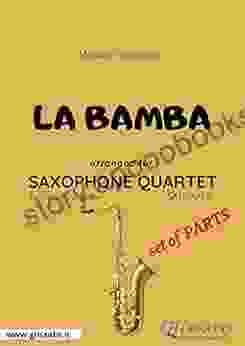
 Michael SimmonsUnleash the Exuberance of "La Bamba" with Our Saxophone Quartet Set of Parts
Michael SimmonsUnleash the Exuberance of "La Bamba" with Our Saxophone Quartet Set of Parts Isaiah PowellFollow ·6.2k
Isaiah PowellFollow ·6.2k Branson CarterFollow ·9.3k
Branson CarterFollow ·9.3k Andy HayesFollow ·7k
Andy HayesFollow ·7k Tony CarterFollow ·16.3k
Tony CarterFollow ·16.3k Winston HayesFollow ·5.1k
Winston HayesFollow ·5.1k Daniel KnightFollow ·7.9k
Daniel KnightFollow ·7.9k Jean BlairFollow ·8.8k
Jean BlairFollow ·8.8k Jonathan HayesFollow ·8.1k
Jonathan HayesFollow ·8.1k
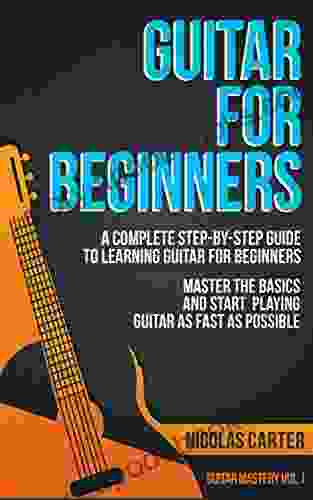
 Jorge Luis Borges
Jorge Luis BorgesUnlock Your Inner Musician: The Ultimate Guide to...
Embark on a Musical...

 Carlos Drummond
Carlos DrummondQuick Reference Guide To Percussion Instruments And How...
Unleash your inner rhythm with...
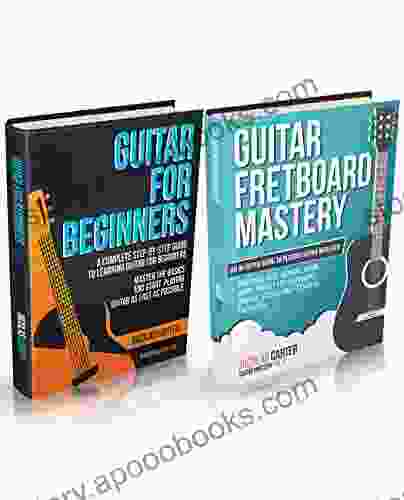
 Roberto Bolaño
Roberto BolañoUnlock Your Guitar Potential: The Ultimate Guitar Mastery...
Are you ready...

 Fred Foster
Fred FosterLooking for Lady Dee: A Punk Rock Mystery
By [Author's Name] Looking for Lady Dee is...
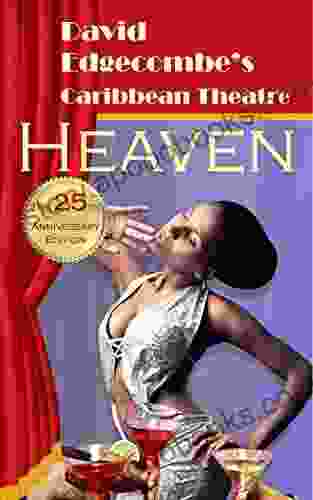
 Jacques Bell
Jacques BellJourney into the Mystical Realm of "Heaven Polly Alice...
In the tapestry of literature, where...
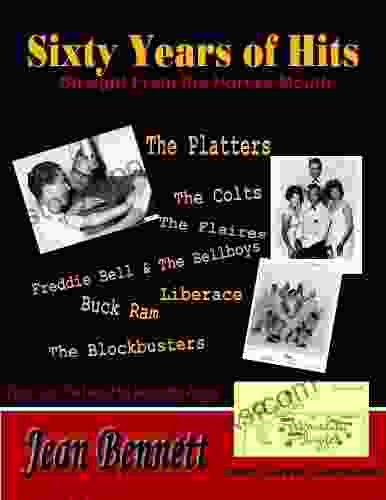
 Julio Ramón Ribeyro
Julio Ramón RibeyroSixty Years of Hits: A Musical Journey Through Time
Music has the...
4.7 out of 5
| Language | : | English |
| File size | : | 493 KB |
| Text-to-Speech | : | Enabled |
| Screen Reader | : | Supported |
| Enhanced typesetting | : | Enabled |
| Print length | : | 205 pages |


